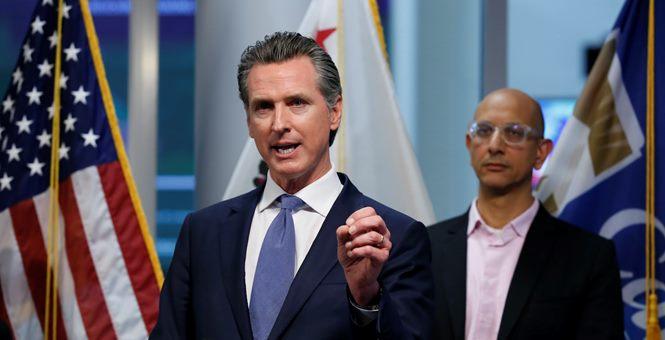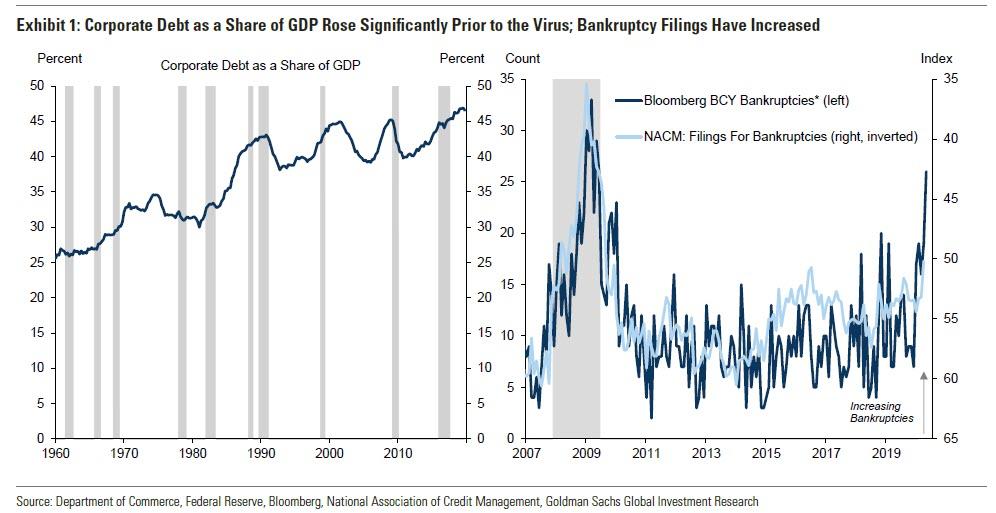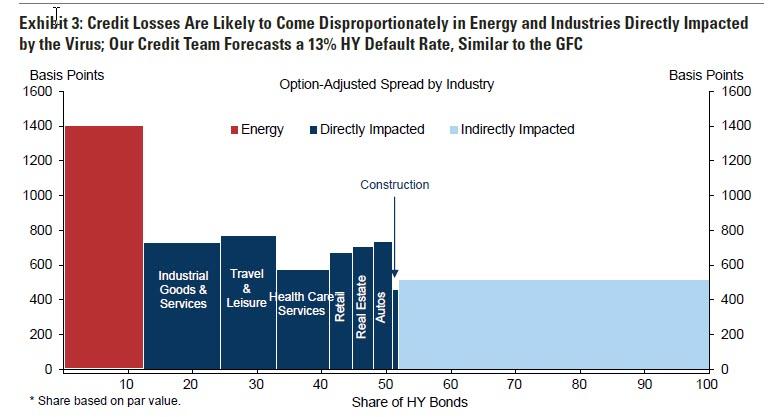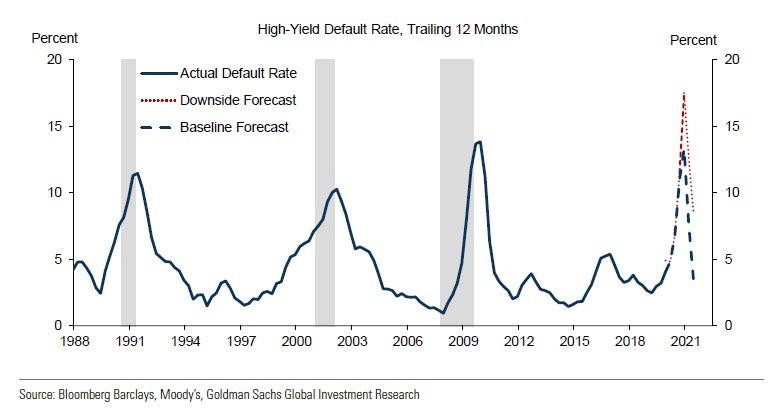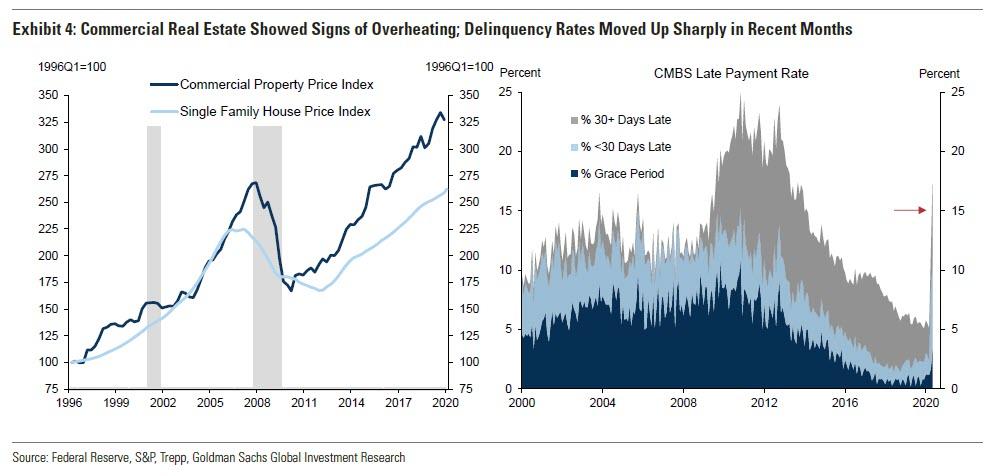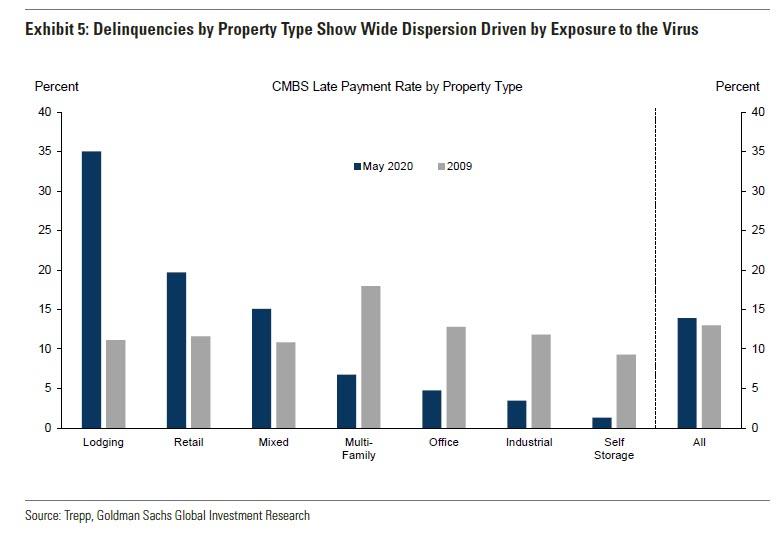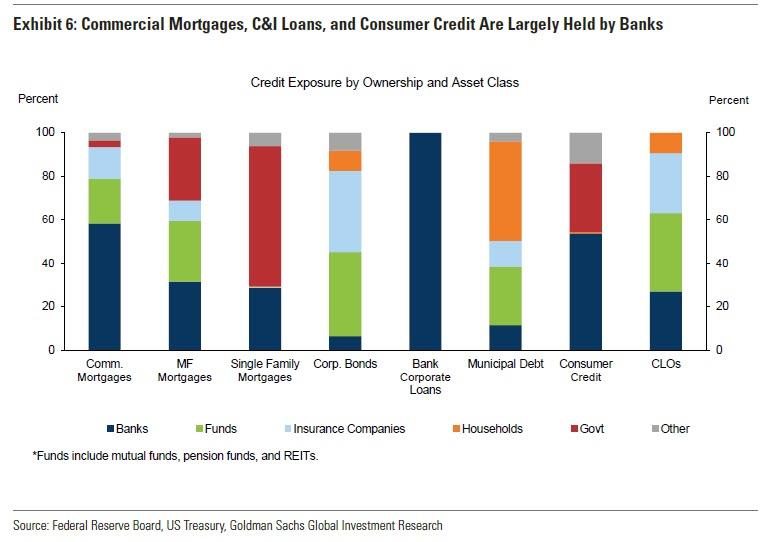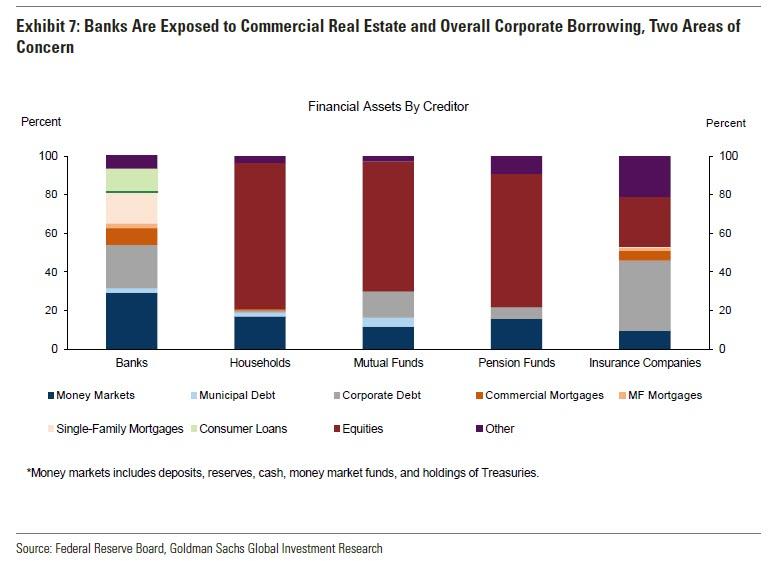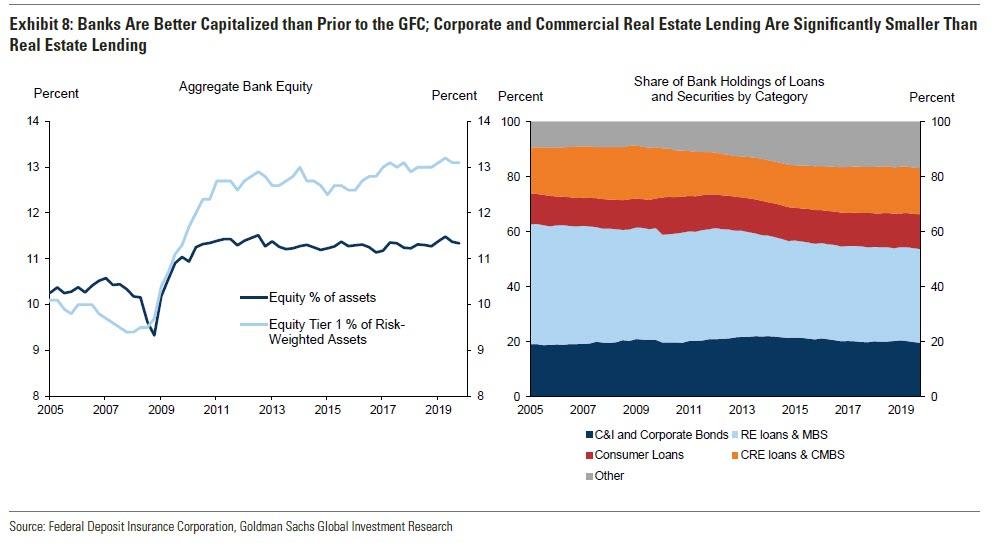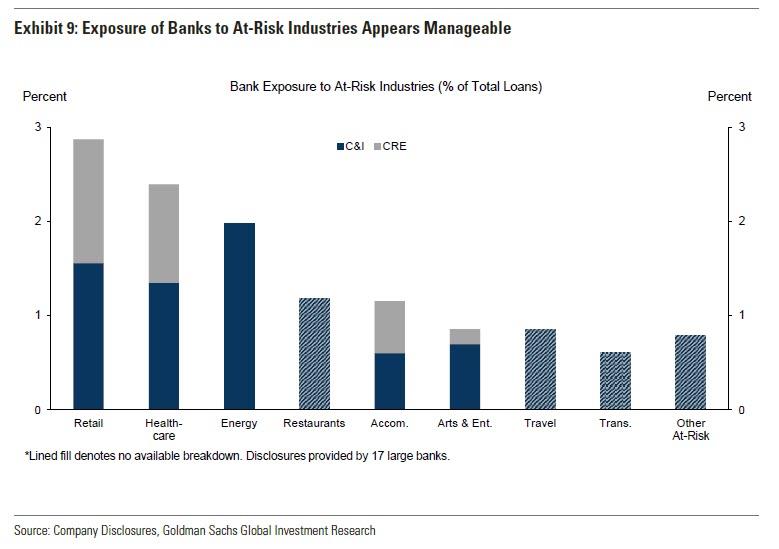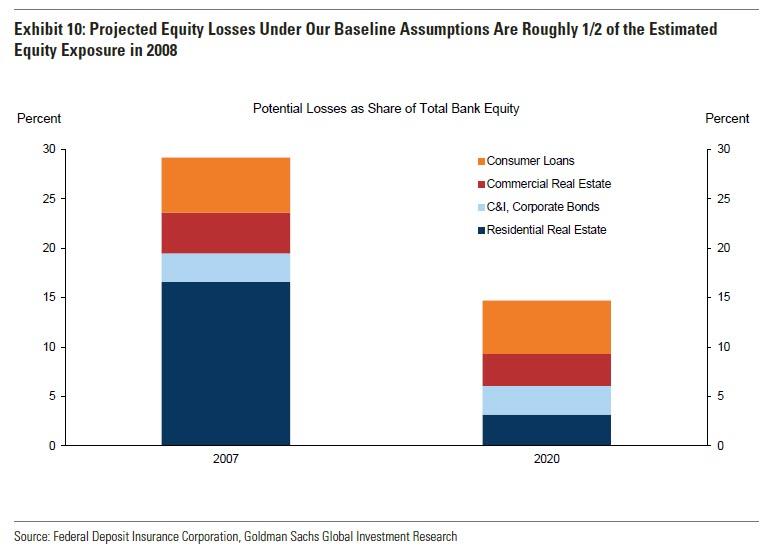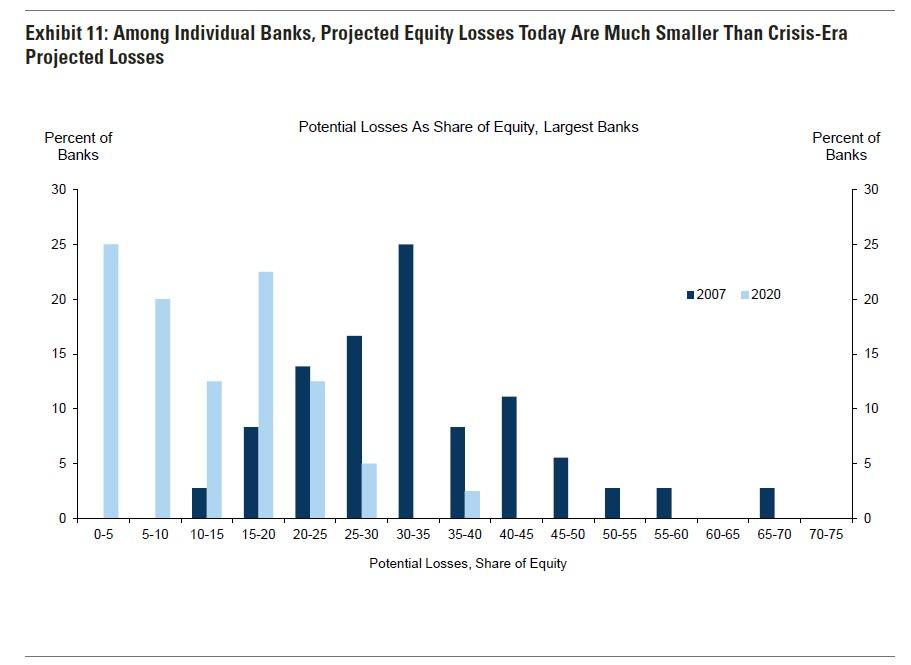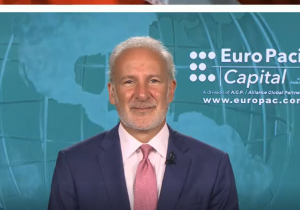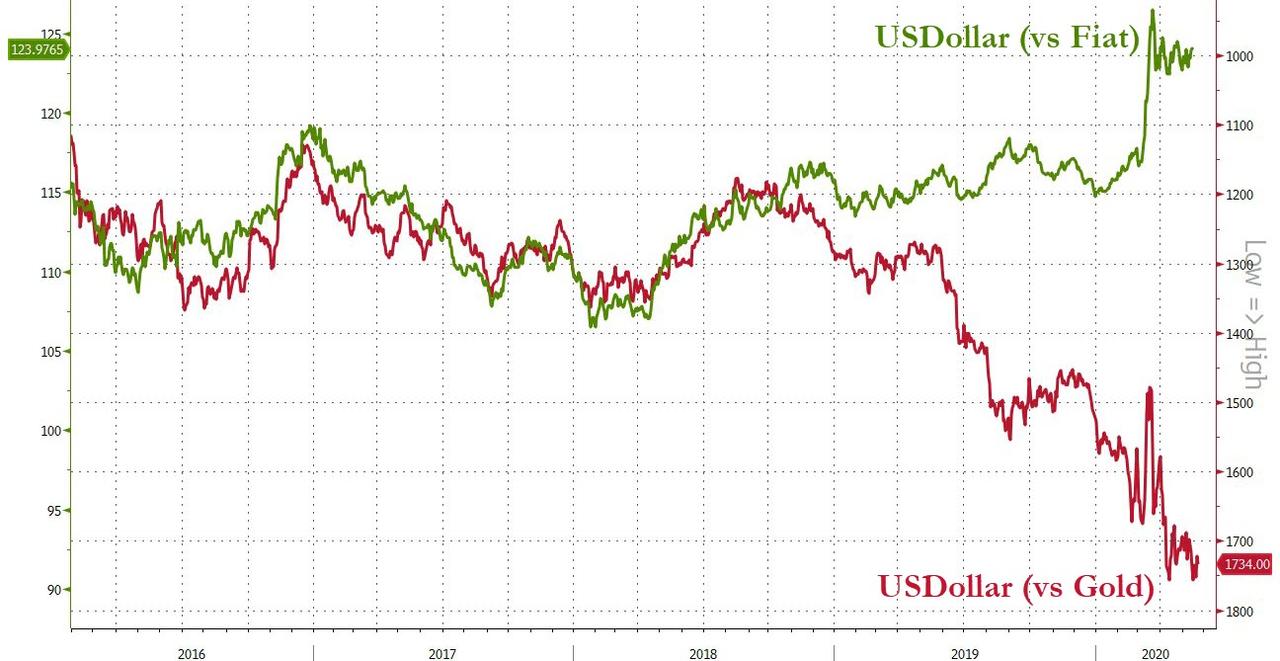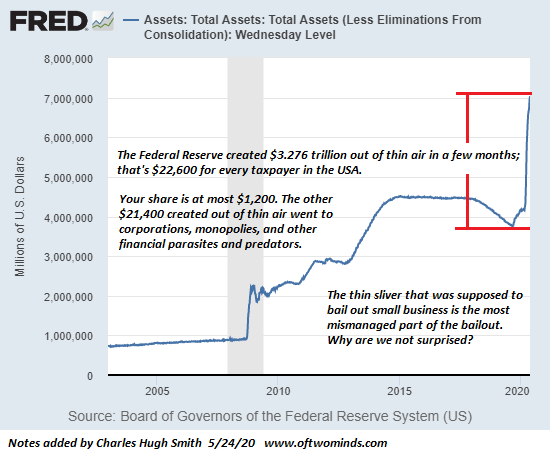“The US Is Bluffing”: China Claims Trump Too “Weakened” By Pandemic To Intervene In Hong Kong
Tyler Durden
Mon, 05/25/2020 – 18:29
In his overnight market commentary, Rabobank’s Michael Every laid out an interesting hypothesis why markets continue to fade the risk of a serious escalation in tensions between the US and China: “Perhaps as within serious HK money circles there is absolute certainty that the US is now an EU-style paper tiger and has no stomach for a real fight, and that Trump is so beholden to Wall Street that he won’t dare act.”
And while Every himself disagrees with this sanguine assessment, saying this stance “captures the self-confidence in Beijing but utterly fails to capture the bipartisan anger in DC, or the fact that both sides are using Beijing as a stick to beat each other with in the 2020 presidential election, or that the US has financial weapons as fearsome as its military, or that the Fed is there to prop up the stock market anyway”, he appears to have a point regarding China’s “self-confidence.”
In an editorial published in China’s Global Times, the authors claim that Trump is indeed nothing but a paper tiger and that “US talk of Hong Kong a nothingburger” in response to Beijing’s formulation of a national security law. To be sure, the article is filled with the usual jingoist allegations, first claiming that “the US is again leading the Western camp in besieging China” a stance that is driven by the “compression of Western values”, resulting from “the rise of emerging markets and developing countries becoming increasingly independent.”
The editorial then makes a rather valid point that how China frames national security in the context of Hong Kong is entirely its own matter and not that of the US:
Fighting the national security law for Hong Kong is not a universal value and cannot withstand serious scrutiny. Isn’t national security the top priority for each and every country? Washington has always used national security as an excuse to suppress normal commercial activities. Saying that the national security law in Hong Kong hinders the city’s high degree of autonomy and ends its freedom will hardly fool all Westerners, let alone manipulate the whole international community.
China indeed has every right to pursue whatever it sees as its national interest; the real question is who will suffer more from the explicit return of Hong Kong under China rule. And while Trump has claimed that Hong Kong will be crippled as a financial gateway to China should it lose its special trade status with the US, China counters that the US is no longer a critical partners, read source of foreign funds (a curious position considering China’s capital account is about to turn negative and will, more than ever, rely on outside sources of capital). Instead, the Global Times argues that as Hong Kong’s relationship with the US fades, it will be replaced by a more powerful one with China:
The biggest pillar for Hong Kong’s status as an international financial center is its role as a window to the Chinese mainland as well as its special relationship with the mainland economy.
The special trade status given by the US is important, but is not a decisive factor to determine whether Hong Kong is a financial center or not. As long as the economy in the Chinese mainland keeps booming, Hong Kong will not decline. If the US changes its policy toward Hong Kong, that will result in a lose-lose situation. But Hong Kong will be able to adjust and maintain its prosperity with the support of the Chinese central government.
But what is most remarkable about the op-ed is the view that as a result of the US being “entangled” with the coronavirus epidemic, which has claimed 100,000 American lives, Trump will be unable to mobilize the “tools and resources” he needs to intervene externally:
As the US is entangled in the COVID-19 epidemic, its actual ability to intervene externally is weakening. The White House claimed it would impose sanctions on China, but the tools and resources at its disposal are fewer than those it could mobilize before the outbreak. It is only bluffing.
If this is indeed the fundamental position of China’s leadership re Covid-19 which just “slipped” through in an op-ed written by a state-owned newspaper – that the US’ own fight with the pandemic has left it too weak to respond to foreign policy challenges – it would provide China with a convenient motive to make sure the pandemic which started in Wuhan goes global and cripples any ability by the US to oppose China’s imminent intervention in Hong Kong.
The editorial concludes by claiming that while the Western world appears united, when it is faced with the risk of losing the “Huge Chinese market”, any opposition to Beijing would disappear:
The entire Western world will not follow the US. China is a huge market and the US is unable to provide enough compensation to offset the losses if Western countries become alienated from China. Values still have a strong appeal, but they cannot replace the fundamental interests of a country in pursuit of development. Besides, China has not intervened in the way of life of Western countries. Taking sides based on values at a disproportionate economic cost is not supposed to be the logic of international relations in the 21st century.
The author then writes that “as long as China acts based on facts, resolutely formulates the national security law for Hong Kong, strictly limits the law’s scope to ensure both national security and the city’s stability under the “one country, two systems” principle, while safeguarding the basic rights and interests of the Hong Kong people”, which of course is all just the propaganda strawman that Xi Jinping is using to justify a historic move in Hong Kong, “China will take the initiative in Hong Kong affairs” and “the US stirring of Western public opinion will lead to nothing.”
via ZeroHedge News https://ift.tt/2A5u9K0 Tyler Durden
